It may sound restrictive, but focusing on one species can give your wildlife photography a huge creative boost, says Ellie Rothnie
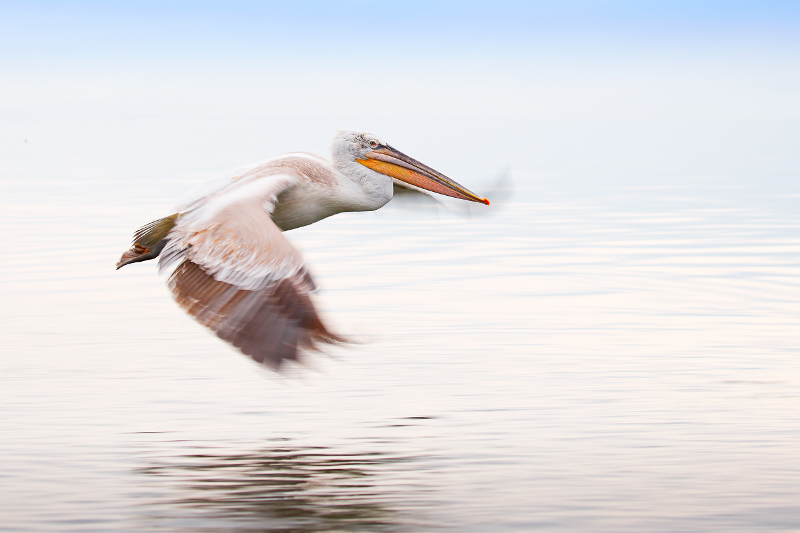
All images by Ellie Rothnie
How often do we hear ourselves saying: ‘There are so many places I want to visit and things I wish to photograph’? I’m one of these people for sure, with a huge bucket list that will probably outlive my photographic life. Many of us have an urge to travel, especially given that travel is cheaper now than ever before. A cheap ticket drives our insatiable desire to do as much as we can in as many countries within a specific timeframe.
But… what if we were to take a step back, take a deep breath, drop out of the globe-trotting ‘rat race’ and focus our passion on one species for a while. What would happen?
Well firstly, it doesn’t have to be a species on the other side of the world. There are many benefits to concentrating on something much closer to home, not least of which is having a location that you can visit regularly, where you can observe and learn about the creature, gain the relevant fieldcraft and photograph throughout the seasons.
The most important aspect for me is passion about the subject that you wish to spend a lot of time with. And for me, the species that I chose was (and still is) the Dalmatian pelican (Pelecanus crispus). I accept that I have to travel a little further than my own back yard, to northern Greece in fact, however, it’s a bird that I am documenting over time, photographing the many aspects of its character and the contemporary challenges that it faces.
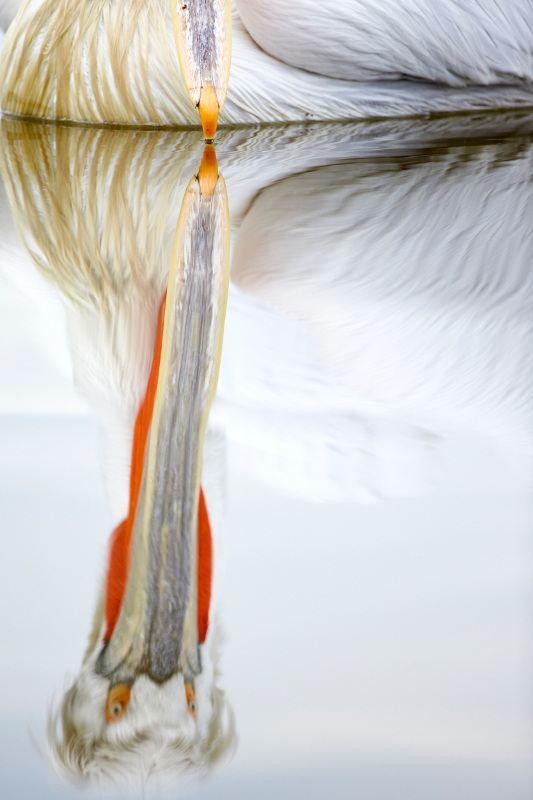
Benefits of focus
If you think about many of the iconic wildlife images that we know and admire, they have been taken by photographers who have dedicated years, if not a lifetime, to specialising in one species and location. The photographer has visited the location year after year, across the seasons, or indeed lives there and is immersed in the everyday life of the place. These images have not been born out of a fleeting one-time visit.
I have found that there are many advantages to focusing on one species.
Focus allows you to build an in-depth knowledge of the species, its habitat and relationship with other species and the wider environment.
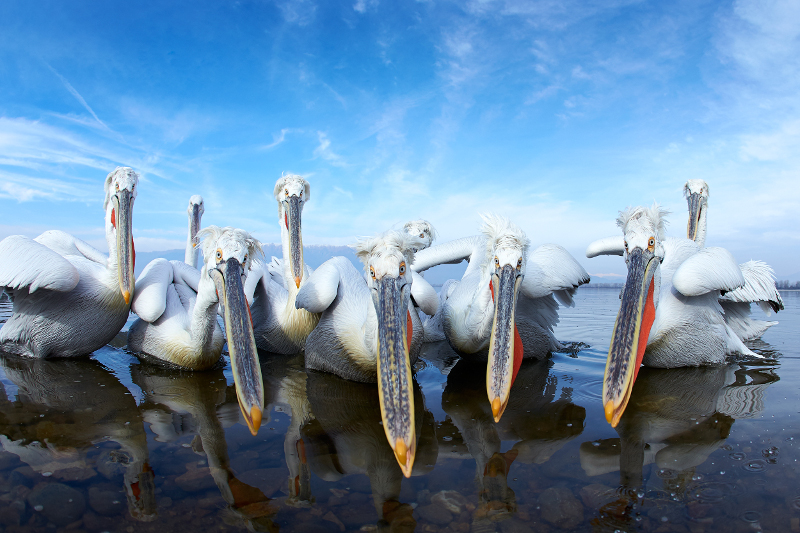
You begin to understand behaviours and develop a respectful, patient fieldcraft; this is an incredibly important skill to master, because as photographers we must appreciate that nature and wildlife always come first.
Many of the world’s species are under threat and declining, and you begin to understand the wider picture in terms of challenges and conservation measures. Having this knowledge, and building relationships with conservationists, means that you can also help to raise awareness and tell a story using your images. Focusing on a species also makes you develop into a much better photographer, working with different weather, seasons, light, behaviours and all the challenges that come with these variables.
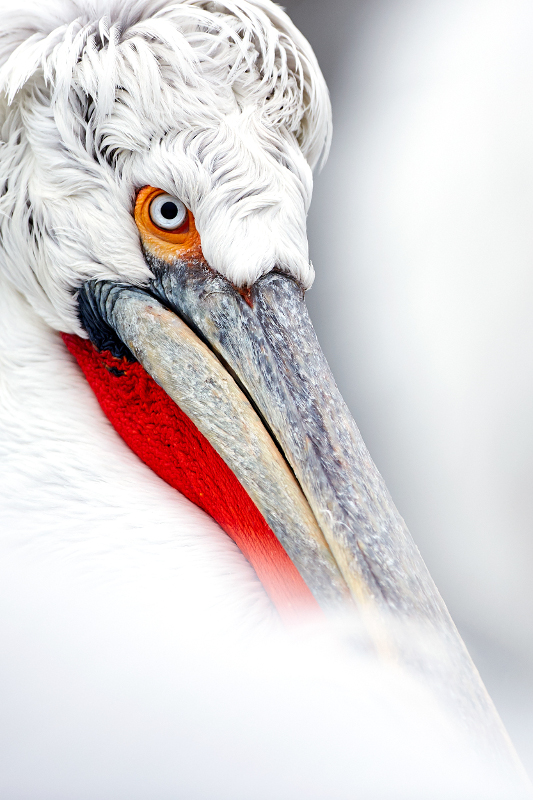
Developing your creativity
When you visit one location and one species over many years, it can expand your creativity, to a point where you become quite experimental with your images and techniques used. Initially, it’s fair to say that we capture the ‘banker shots’ gradually – for example the standard portraits, flight and behavioural shots. However, new ideas start to form in terms of creative approaches, use of light direction, compositions, playing with colour combinations, reflections, slow exposures, multiple exposures, different lens combinations and technique experimentation. Not only does it slowly build a wide portfolio of one species, this approach helps you to explore your creativity and build your confidence as a photographer, when applying these techniques to different subjects.
There are many rules to follow in photography; for example, specific apertures for specific subjects, specific exposures for slow-motion panning, the need for the subject and foreground to be in focus, etc. Of course, it is useful to understand the rules and use them, but please, please also break them. The images that you produce are an expression of your individual creativity, they need to strike a chord with you and your ‘gut feel’ will tell you if they work or not.
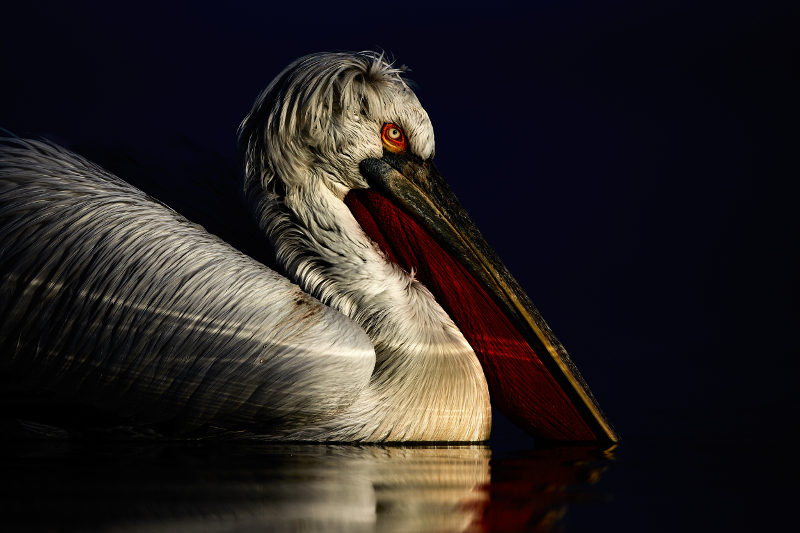
I have found that this mindset has helped me to both photograph the Dalmatian pelicans over a number of years and enjoy every minute that I spend in their company. Experimenting with camera gear, developing my knowledge of this beautiful bird and coming up with new ideas for images, as well as better understanding the perils that it faces and the conservation efforts that are in place to help protect its future, it all adds up to a multi-faceted long-term project.
So, I encourage you to focus (if you don’t already). Go back to a location again and again. The experiences and results can be incredibly fulfilling.
About the Author
Ellie Rothnie is an award-winning freelance wildlife photographer, tour leader and photographic guide based in the UK. Visit her Instagram, Twitter and website to see more of Ellie’s work.
Related articles
Negative Space in Wildlife Photography | How to Create Dramatic Images
High-Key and Low-Key Lighting | How to Create Dramatic Wildlife Imagery
How to Become a Wildlife Filmmaker | 11 Tips

